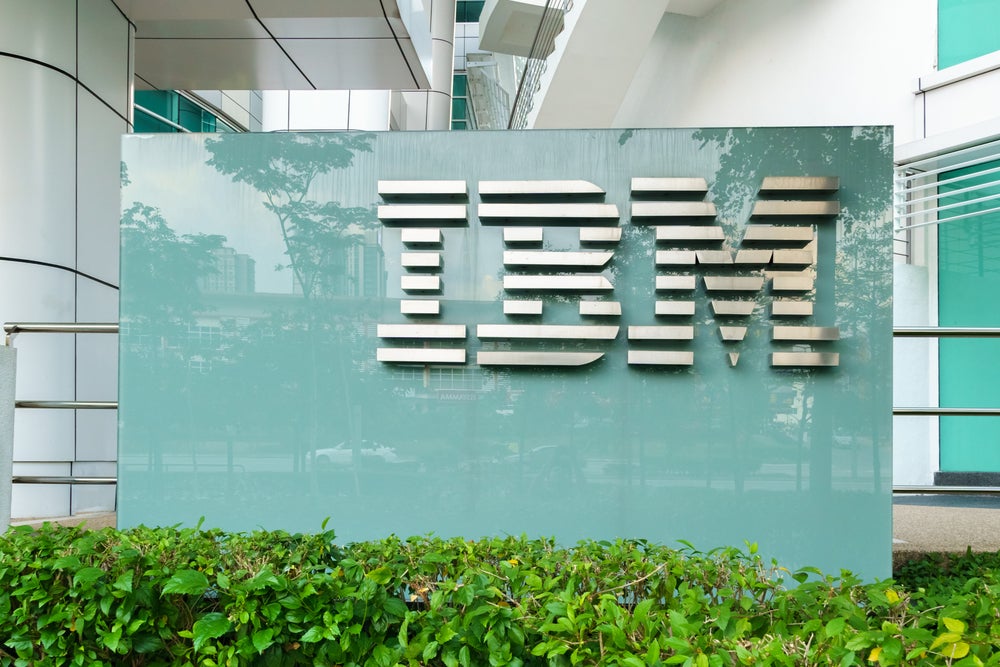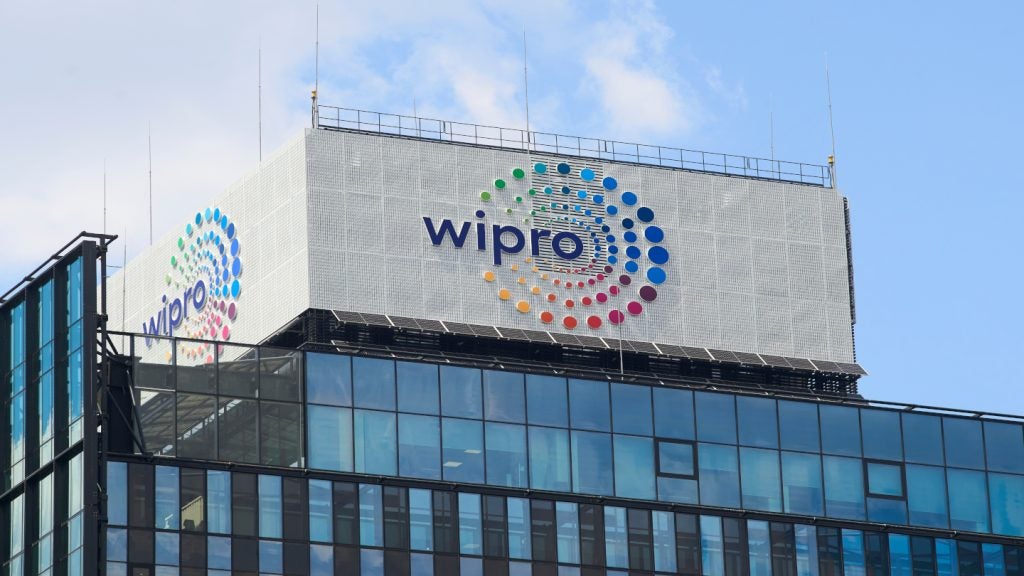While the IBM buy of open-source software company Red Hat was historic in many ways, especially the $34bn price tag, little is known how IBM’s executives are planing to carry out this mega-merger with a company whose culture and technology differs vastly from its own.
The word among IBM executives is that Red Hat will remain an independent company which will continue to address its customers’ needs by innovating in the Linux and OSS (open source software) community.
The problem with that plan is that Red Hat has always been positioned as a much lower priced alternative to arch rivals IBM and Oracle in the application platforms space, so traditional IBM customers will naturally question why they should continue down a path of investing in solutions founded in proprietary technology.
Key IBM Red Hat merger challenges
The fact is, IBM’s acquisition of a leading OSS Linux and platforms provider illustrates the urgency among vendors to broaden their portfolios to include OSS technology, which plays a crucial role in modern application development/deployment architectures and solutions. New cloud-based platform services coming down the pike are only going to succeed if they strictly adhere to OSS technologies, including server-less computing and blockchain.
Red Hat’s Linux users (based on its flagship brand RHEL) have adopted technology earmarked “the operating system of the cloud’’ and are in a prime position to leverage advanced services by IBM including IoT, blockchain and AI.
That’s the good news for IBM.
How well do you really know your competitors?
Access the most comprehensive Company Profiles on the market, powered by GlobalData. Save hours of research. Gain competitive edge.

Thank you!
Your download email will arrive shortly
Not ready to buy yet? Download a free sample
We are confident about the unique quality of our Company Profiles. However, we want you to make the most beneficial decision for your business, so we offer a free sample that you can download by submitting the below form
By GlobalDataThe bad news is it still needs to figure out how to merge two very different middleware platforms—IBM WebSphere Liberty and Red Hat JBoss.
The companies’ efforts to establish a partnership over the past year, implementing Red Hat’s Linux and Kubernetes technologies within IBM’s hybrid cloud services, and making IBM services available to Red Hat OpenShift users, certainly is a good start, but it is not clear how IBM will maintain two separate platforms in the long term.
Two different competitive natures
Developers within the OSS community are grappling with how to rectify the long-term competitive nature between the two companies, based on two very different approaches for distributing enterprise software.
While Red Hat established a successful business betting big on OSS, IBM prioritised proprietary/patented technologies and limited its approach to OSS (e.g., via Cloud Foundry).
In the meantime, IBM rivals will continue to swirl confusion over the acquisition and daunting integration challenges, so that at the very least customers may stall purchasing decisions until an IBM roadmap unfolds.








Related Company Profiles
Oracle Corp
Red Hat Inc